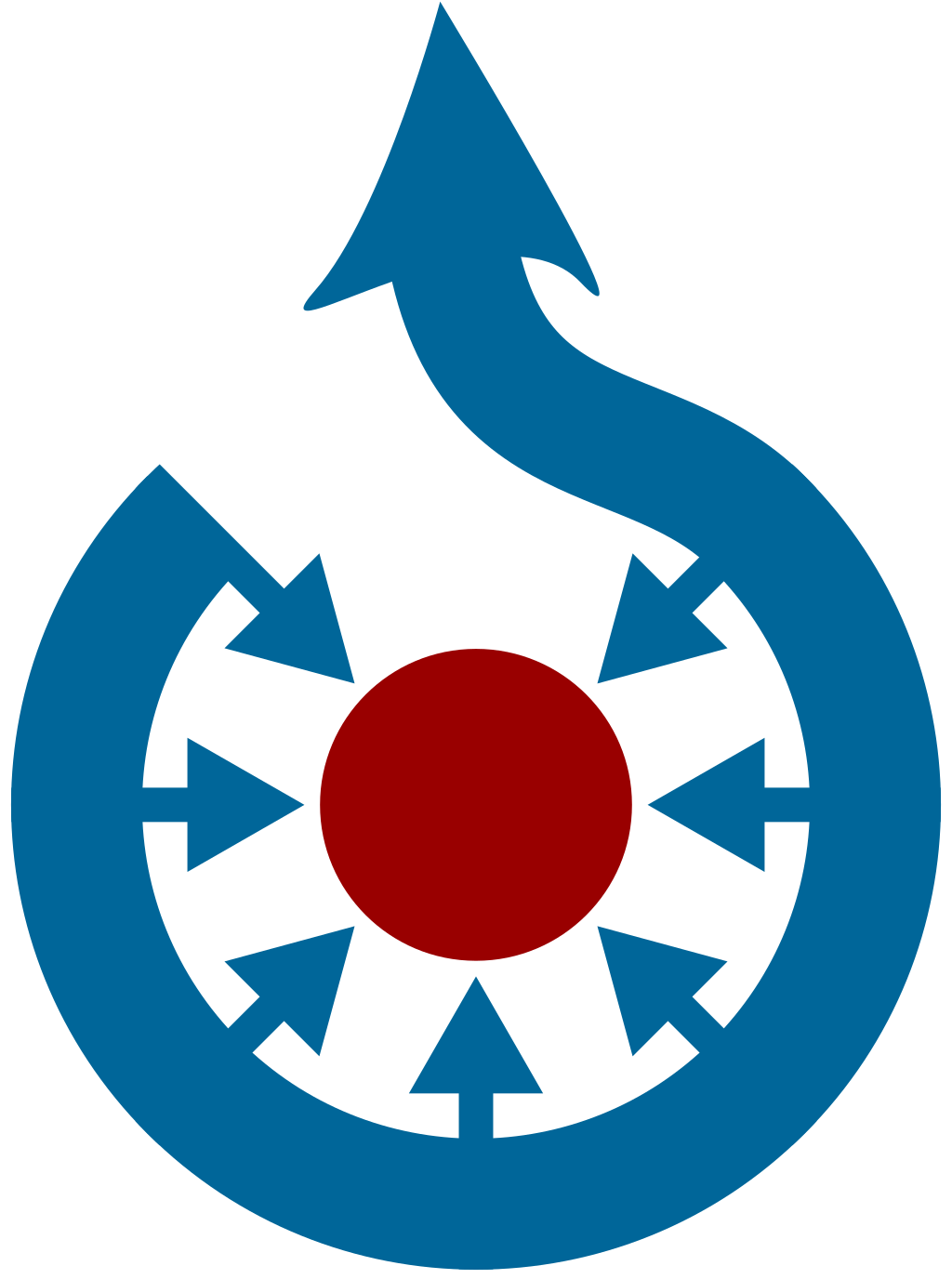
Cardinal Pietro Ottoboni
Artist/Maker
Material / Technique
Dimensionsh x w: Mått 76 x 63 cm h x w x d: Ram 90 x 77 x 8 cm
Inventory numberNM 194
AcqusitionTransferred 1866 from Kongl. Museum (Martelli 1804)
Other titlesTitle (sv): Kardinal Pietro Ottoboni (1667-1740) Title (en): Cardinal Pietro Ottoboni Title (en): Portrait of Cardinal Pietro Ottoboni (1667–1740)
DescriptionCatalogue raisonné: Description in Italian Paintings: Three Centuries of Collecting, Nationalmuseum, Stockholm, 2015, cat.no. 96: FORMER INV. NOS.: 313 (M. 1796–97); 46 (F. 1798); 470 (M. 1804); KM 266. TECHNICAL NOTES: The painting support is a medium-coarse, densely woven, plain-weave linen fabric. It has been lined with glue onto a thin, fine linen canvas and mounted on a non-original stretcher. There are numerous old retouches. The varnish is heavily yellowed. The painting is in fair condition. PROVENANCE: Martelli 1804. BIBLIOGRAPHY: NM Cat. 1867, p. 13 (as Trevisani); Sander 1872– 76, III, p. 137, no. 470 (Trevisani, attributed to); Göthe 1887, p. 264 (as Trevisani, attributed to); NM Cat. 1958, p. 202 (as Trevisani); NM Cat. 1990, p. 359 (Trevisani, copy). Among the portraits that Francesco Trevisani painted of his Roman patron Pietro Ottoboni, the present painting is a type that combines two previously established formulas.¹ The hairstyle and the modelling of the facial features show the cardinal in middle age, referring to the type represented in an engraving by Jacob Frey. The pose with the letter, however, refers to the wellknown portrait of the younger cardinal (Bowes Museum, Bernard Castle, c. 1698). The present painting, which has been trimmed and does not retain its original format, presents very different stylistic features. The face of the sitter is fairly well executed, but the robe, the visible hand and the letter are of rather poorer quality. Although Trevisani’s authorship cannot be entirely excluded, the conservation history of the painting and its subsequent damage make a proper attribution difficult. As Karin Wolfe has pointed out, the artist’s biographer Lione Pascoli stressed the difficulty Trevisani’s pupils had copying his idiom.² This meant a considerable amount of work for the artist, who needed to execute numerous replicas of sought-after paintings, such as portraits of cardinals. Wolfe stresses that Trevisani was indeed assisted in the layout of his compositions, but that he surely retouched when needed.³ As for NM 194, the imbalance in quality between the different parts of the composition could be explained by what has been stated above. If Trevisani outlined the facial features of his cardinal protector, it is plausible that assistants executed the rest of the portrait. After the death of Trevisani’s first Roman patron, Cardinal Flavio Chigi (1631‒1693), the artist entered Ottoboni’s service and, around 1698, set up his studio in the Palazzo della Cancelleria, the cardinal’s residence.⁴ The collaboration that ensued was prolific and included different forms of artistic expression. In 1712, Trevisani entered the literary Arcadian Academy, to which several of Ottoboni’s courtiers belonged. His theatrical improvisations were much esteemed by his contemporaries. ⁵ The Arcadian Academy was a link to Nicola Martelli, who was himself a member. It is plausible that the portraits of the two literary cardinals Imperiali (NM 165, cat. no. 49) and Ottoboni (NM 194, cat. no. 96) were important pieces in his collection, since they reinforced his link with this prestigious Roman institution, founded by Queen Christina of Sweden. sne 1 Petrucci 2010, pp. 356–357 and 908–911. 2 Wolfe 2011, p. 83. 3 Ibid. 4 Olszewski 2004, p. 21. 5 Ibid., p. 23. [End]
Depicted Person
Motif categoryPortrait
Collection
TechniquePainting
Object category
Keyword







